Ranthambore Fort, a UNESCO World Heritage Site, stands majestically within the Ranthambore National Park in Rajasthan. This historic fort dates back to the 10th century and was once a key seat of power for various rulers. The fort’s unique position offers visitors beautiful views of the surrounding forest, where the famous Ranthambore tigers roam. Its walls enclose a rich history of Rajput kings, religious monuments, and an array of ancient structures, making it a must-visit for both history and nature enthusiasts alike.
Location
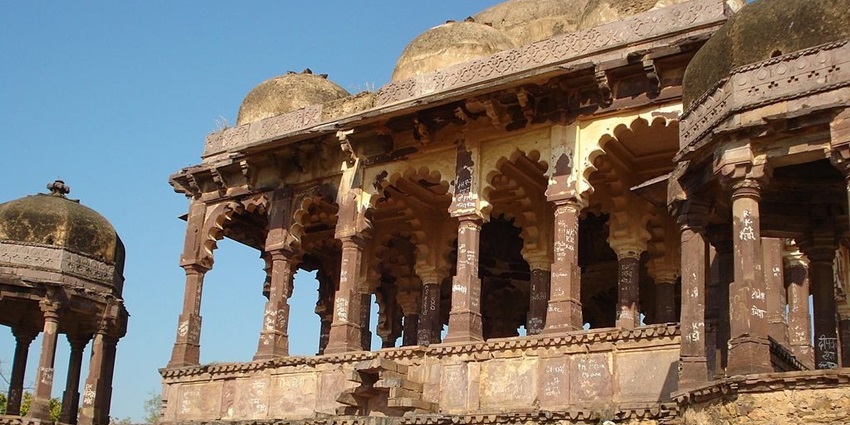
Photo: KDhar / Wikimedia Commons
Situated within the expansive Ranthambore National Park in Rajasthan, Ranthambore Fort is close to the town of Sawai Madhopur. Perched on a hill, it offers stunning views of the park below, including glimpses of the wildlife that inhabits the area. The fort’s strategic location allowed it to be a key defence point throughout Rajasthan’s history. Visitors can easily access the fort from nearby cities like Jaipur and Kota.
Suggested Read: Places To Visit In Ranthambore
How To Reach
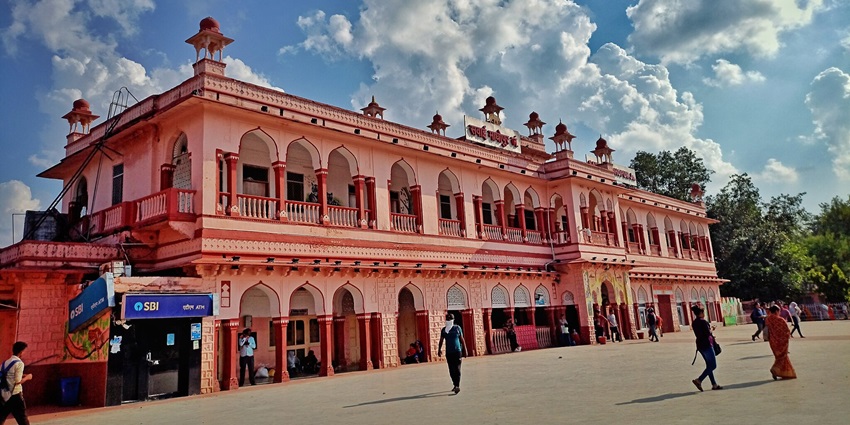
Photo: Harshvardhanrai0905 / Wikimedia Commons
By Road: State-run and private buses connect Sawai Madhopur to major cities in Rajasthan. Regular buses from Jaipur, Kota, and other nearby towns run to the bus station in Sawai Madhopur, from where you can hire an auto rickshaw or taxi to the fort. For those preferring a more private travel option, hiring a taxi is ideal. The fort is located about 12 km from the Sawai Madhopur town centre. A taxi ride allows for a more flexible and direct journey, especially if you’re travelling from Jaipur or Kota.
By Rail: Sawai Madhopur Railway Station is well-connected to various cities in India, including Jaipur, Delhi, and Mumbai. Upon arrival, visitors can take a taxi or auto rickshaw to reach the fort. The train journey provides a comfortable and budget-friendly travel option, especially for those coming from distant places.
Places To Visit Around Ranthambore Fort
You may also choose to explore some nearby attractions from the fort for a compelling experience.
1. Ranthambore National Park
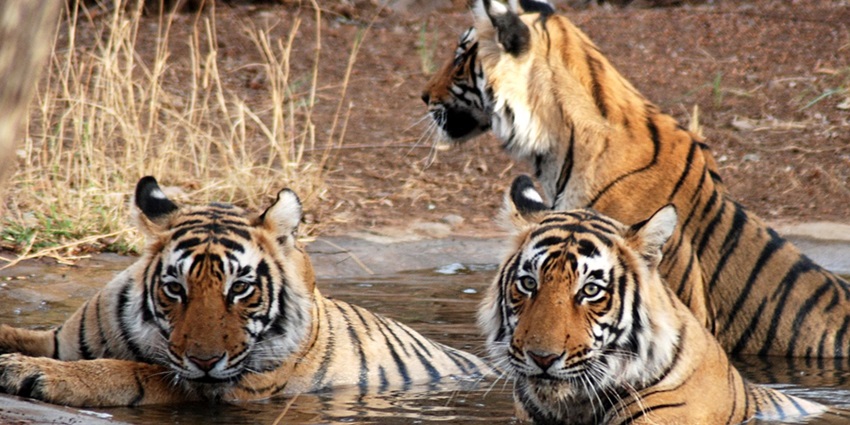
Photo: Keshav995 / Wikimedia Commons
Ranthambore National Park is a popular wildlife sanctuary, particularly known for its significant population of tigers. Visitors can embark on guided safaris to witness these magnificent animals in their natural environment. The park also features a wide variety of species, including leopards, deer, and numerous bird species. Besides wildlife, the park’s terrain offers a glimpse into nature’s raw beauty. The combination of its rich biodiversity and historical ruins makes it a must-visit for nature enthusiasts and photographers.
Distance From The Fort: 1 km
Timings: 6 AM – 6 PM
Suggested Read: Ranthambore Jungle Safari
2. Padam Talao
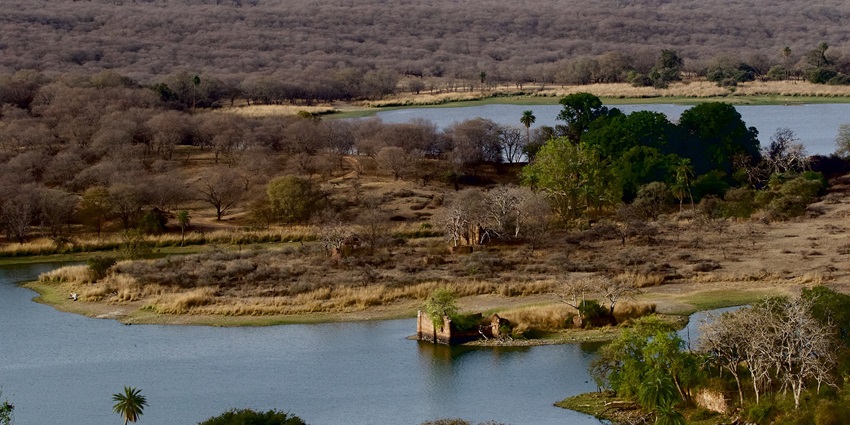
Photo: Kushal Kingshuk / Wikimedia Commons
Padam Talao, the largest water body in Ranthambore National Park, serves as a watering hole for various animals. Tigers, deer, and birds are often seen gathering around its banks, especially during the early mornings and late afternoons. The lake provides visitors with an excellent opportunity to observe wildlife interactions up close. Its wonderful surroundings within the park add to its significance, offering a peaceful yet thrilling experience for wildlife lovers and nature observers.
Distance From The Fort: 1.5 km
Timings: 6:30 AM – 6 PM
3. Malik Lake
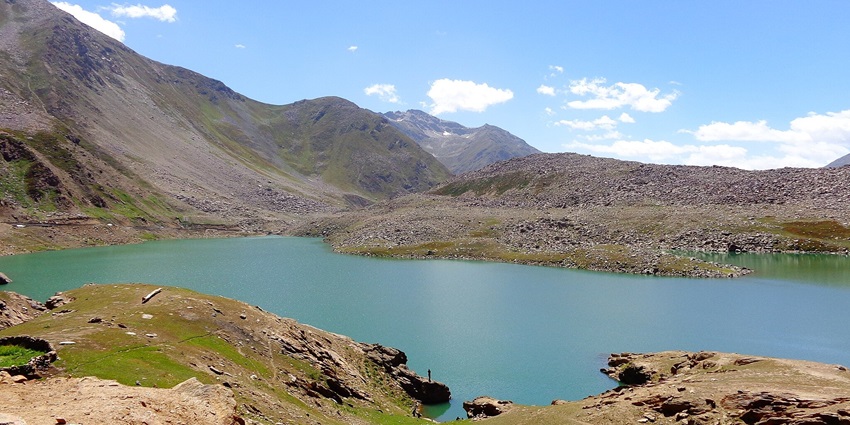
Photo: Ammad Malik / Wikimedia Commons / Image For Representation Only
Malik Lake in Rajasthan is an amazing water body, offering visitors a peaceful atmosphere to enjoy. Surrounded by natural beauty, it serves as a relaxing spot for those seeking a break from their usual routines. Visitors can often see local birds in the area, making it ideal for nature enthusiasts. It’s not too far from other significant attractions in the region, making it a convenient stop for a broader exploration of Rajasthan. The lake is perfect for a refreshing and quiet outing.
Distance From The Fort: 12 km
Timings: 24*7
Suggested Read: Famous Lakes In Rajasthan
4. Rajiv Gandhi Regional Museum
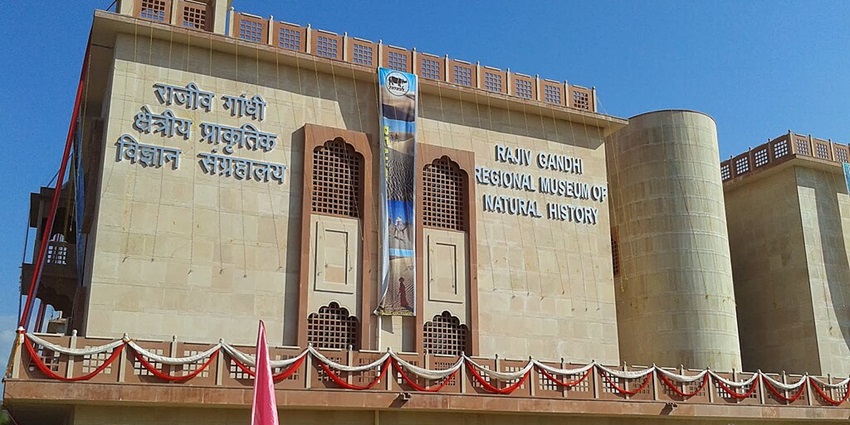
Photo: Gopalsinghal7 / Wikimedia Commons
The Rajiv Gandhi Regional Museum of natural history is an educational attraction near Sawai Madhopur, providing insights into the region’s rich natural heritage. The museum features interactive exhibits on wildlife, geology, and ecosystems, with a special focus on Rajasthan’s environment. Visitors can explore displays that highlight both flora and fauna unique to the area, making it a great stop for families and curious minds. The museum aims to foster awareness of the region’s biodiversity and environmental conservation.
Distance From The Fort: 8 km
Timings: 10 AM – 5 PM (closed on Mondays)
5. National Chambal Sanctuary
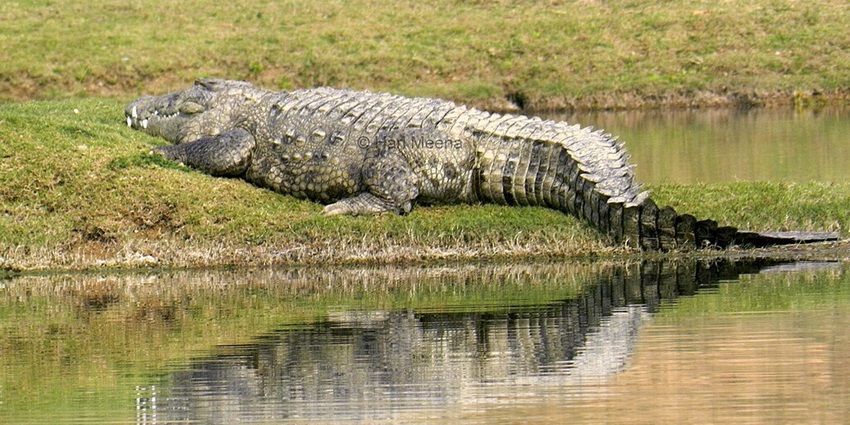
Photo: Hari Mohan Meena / Wikimedia Commons
National Chambal Sanctuary, popular for its rich wildlife and conservation efforts, spans across Rajasthan, Madhya Pradesh, and Uttar Pradesh. This protected area is a safe haven for endangered species such as the gharial, Gangetic dolphins, and red-crowned roof turtles. Visitors can enjoy boat rides along the Chambal River, offering close views of aquatic life and bird species. The sanctuary also has historical significance, with ancient temples and forts nearby, creating a cultural backdrop for nature enthusiasts.
Distance From The Fort: 280 km
Timings: 8 AM – 5 PM
Suggested Read: Places To Visit Near Ranthambore
Where To Stay

Photo: Curtis Adams / Pexels / Image For Representation Only
Visitors of this fort can find a range of accommodation options, from high-end resorts to budget-friendly hotels. For wildlife enthusiasts, many lodges offer safari packages, providing a seamless way to explore the national park. Some of the best stay options include: Hammir Wildlife Resort, Ranthambore Nature Camp Resort, Taj Sawai, Jogi Mahal, and more.
Where To Eat

Photo: Niranjan.gohane / Wikimedia Commons
Sawai Madhopur is home to various dining choices, where visitors can savour local Rajasthani dishes or international fare. Restaurants in the area range from casual eateries to upscale dining venues, ensuring there’s something for every palate. Traditional Rajasthani meals such as Dal Baati Churma and Gatte ki Sabzi are highly recommended. Some of the recommended eateries are: Vivanta by Taj, Surbhi Restaurant, Manisha Restaurant, Fateh’s Cafe, and more.
Suggested Read: The Best Foods In Rajasthan
Best Time To Visit
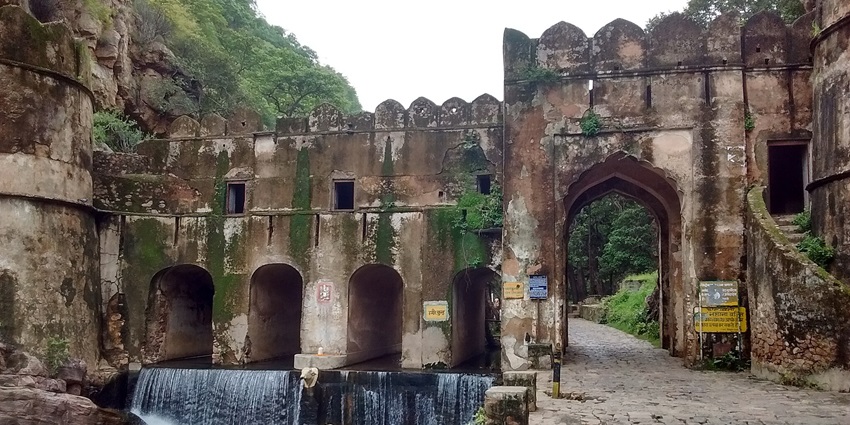
Photo: Vijay Singh / Wikimedia Commons
The ideal time to visit the fort is between October and March, when the weather is cooler, allowing for a more pleasant experience. This period also coincides with the park’s prime wildlife activity, increasing the chances of spotting the Ranthambore tigers and other species. With its mild temperatures and wildlife opportunities, this time of year offers the best balance for both nature and heritage exploration, making it perfect for tourists and wildlife enthusiasts.
Other Factors To Consider
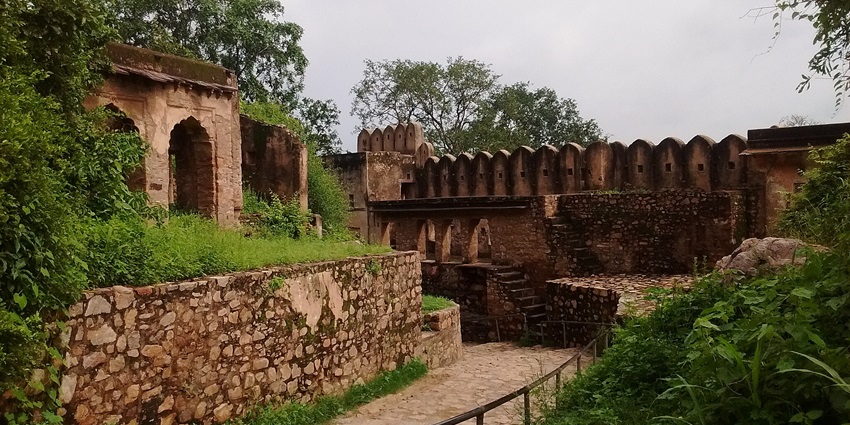
Photo: Vijay Singh / Wikimedia Commons
Average Cost Of Trip
The average cost of a trip to this fort varies depending on accommodation, transport, and activities. Visitors can expect to spend between ₹12,000 and ₹20,000, with factors such as safaris and travel adding to the overall expense. While luxury stays may increase the cost, budget options are also available, making them accessible to a wide range of travellers.
Tips For Travelers
- Book safaris in advance, especially during peak tourist seasons.
- Carry water and light snacks, as options near the fort may be limited.
- Hire a guide to fully explore the fort’s historical significance.
- Wear comfortable shoes, as there is plenty of walking involved.
- Opt for early morning or late afternoon safaris for better chances of spotting wildlife.
Suggested Read: The Top Things To Do In Ranthambore
Ranthambore Fort, situated within Ranthambore National Park, offers a rich historical experience surrounded by natural beauty. This ancient fort, once a royal stronghold, holds tales of valour and architectural splendour. Its location makes it ideal for both history enthusiasts and wildlife lovers, as visitors might glimpse a tiger roaming the nearby forests. For a smooth and well-organised excursion, TripXL ensures a hassle-free visit to this remarkable site.
Cover Photo: Vijay Singh / Wikimedia Commons


 WhatsApp
WhatsApp
 Twitter
Twitter









